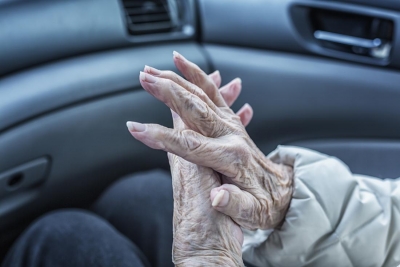
Hypothermia is a medical emergency that occurs when your body loses heat faster than it can produce heat, causing a dangerously low body temperature. Normal body temperature is around 98.6 ºF (37 ºC). Hypothermia (hi-poe-THUR-me-uh) occurs as your body temperature falls below 95 F (35 ºC).
When your body temperature drops, your heart, nervous system and other organs can’t work normally. Left untreated, hypothermia can lead to complete failure of your heart and respiratory system and eventually to death.
Hypothermia is often caused by exposure to cold weather or immersion in cold water. Primary treatments for hypothermia are methods to warm the body back to a normal temperature.
When the balance between the body’s heat production and heat loss tips toward heat loss for a prolonged period, hypothermia can occur. Accidental hypothermia usually happens after cold temperature exposure without enough warm, dry clothing for protection. Mountain climbers on Mount Everest avoid hypothermia by wearing specialized, high-tech gear designed for that windy, icy environment.
However, much milder environments can also lead to hypothermia, depending on a person’s age, body mass, body fat, overall health, and length of time exposed to cold temperatures. A frail, older adult in a 60-degree house after a power outage can develop mild hypothermia overnight. Infants and babies sleeping in cold bedrooms are also at risk.
Picture Credit : Google



